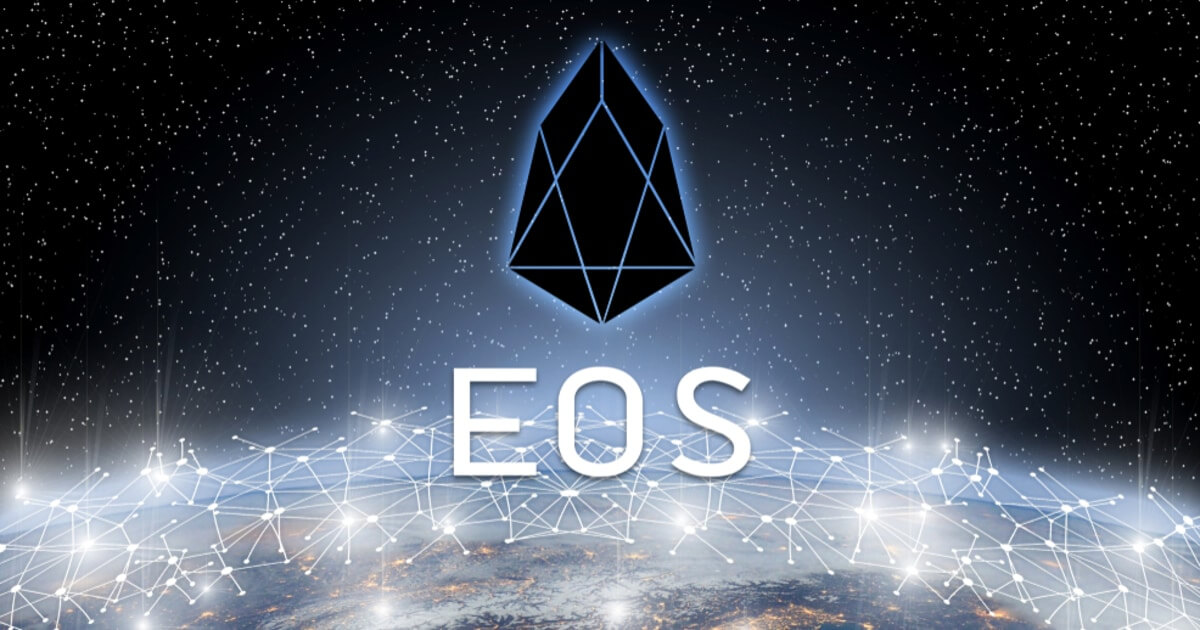introduction
The EOS blockchain is about to receive a revolutionary upgrade with significant proposed changes to its token economics model. According to eosnetwork.com, the EOS System Contract v3.4.0 release will introduce a fixed supply model, among other important updates. These changes aim to stabilize and predictably grow the EOS token economy, and the first modifications are expected to take effect after receiving approval from at least 15 of the 21 EOS Block Producers (BPs).
Key Proposed Changes
The new token economics model includes several fundamental updates.
- Fixed token supply: Total EOS tokens will be capped at 2.1 billion.
- Token Vesting Schedule: Introducing the vesting schedule for EOS block producers, staking rewards, and network custodians, including the EOS Network Foundation (ENF) and EOS Labs.
- Instant Token Liquidity: Purchase 35 million EOS from RAM and allocate funds to purchase 315 million EOS to create a RAM market.
These updates lay the foundation for further enhancements to Resource Exchange (REX), including EOS staking rewards and more flexible system fee distribution.
Instant Token Liquidity
If a Multi-Signature (MSIG) proposal passes successfully, multiple tokens will be liquidated immediately.
- 315 million EOS for market making and liquidity provision across centralized exchanges and DeFi platforms.
- 35 million EOS to purchase RAM from the system Bancor pool to support EOS ecosystem initiatives.
- We invested 15 million EOS in public goods funds with the goal of developing middleware to improve the usability of the EOS network.
Strategic RAM Purchase
A notable aspect of the new token economics model is the strategic management of EOS RAM. If MSIG is approved, 35 million EOS will be used to purchase RAM, support initiatives, and build WRAM (Wrapped RAM) liquidity on various exchanges, increasing market depth and accessibility.
Part 2 coming: Transition to REX 2.0
In the second part of this series, we will look at the proposed transition to REX 2.0, which is expected to deliver high-yield staking rewards to EOS token holders. This transition is dependent on the successful implementation of the changes introduced in the first MSIG for System Agreement v3.4.0. REX enhancements include:
- The system fee is passed on to the block producer (BP).
- Allows staking rewards to flow into REX.
- REX staking lockup period is extended from 4 to 21 days.
Tested and Approved
The proposed changes have been subjected to a BlockSec security audit and no serious issues have been found. The new system behavior and token economics mechanisms deployed on Kylin and Jungle4 testnets have been thoroughly tested. Community members and block producers are encouraged to interact with these new features to ensure smooth integration.
Contributor recognition
Special thanks to the contributors who played an important role in this release, highlighting the community-driven approach of EOS blockchain development.
What are your future plans?
Expect a more in-depth exploration in Part 2 of this series, “REX Dynamics Transformation.” The next installment will focus on optimizing and enhancing the functionality and flexibility of REX within the EOS ecosystem, promising stronger and more predictable returns for participants.
For more information on upcoming tokenomics changes, visit the official EOS blog.
Image source: Shutterstock
. . .
tag

